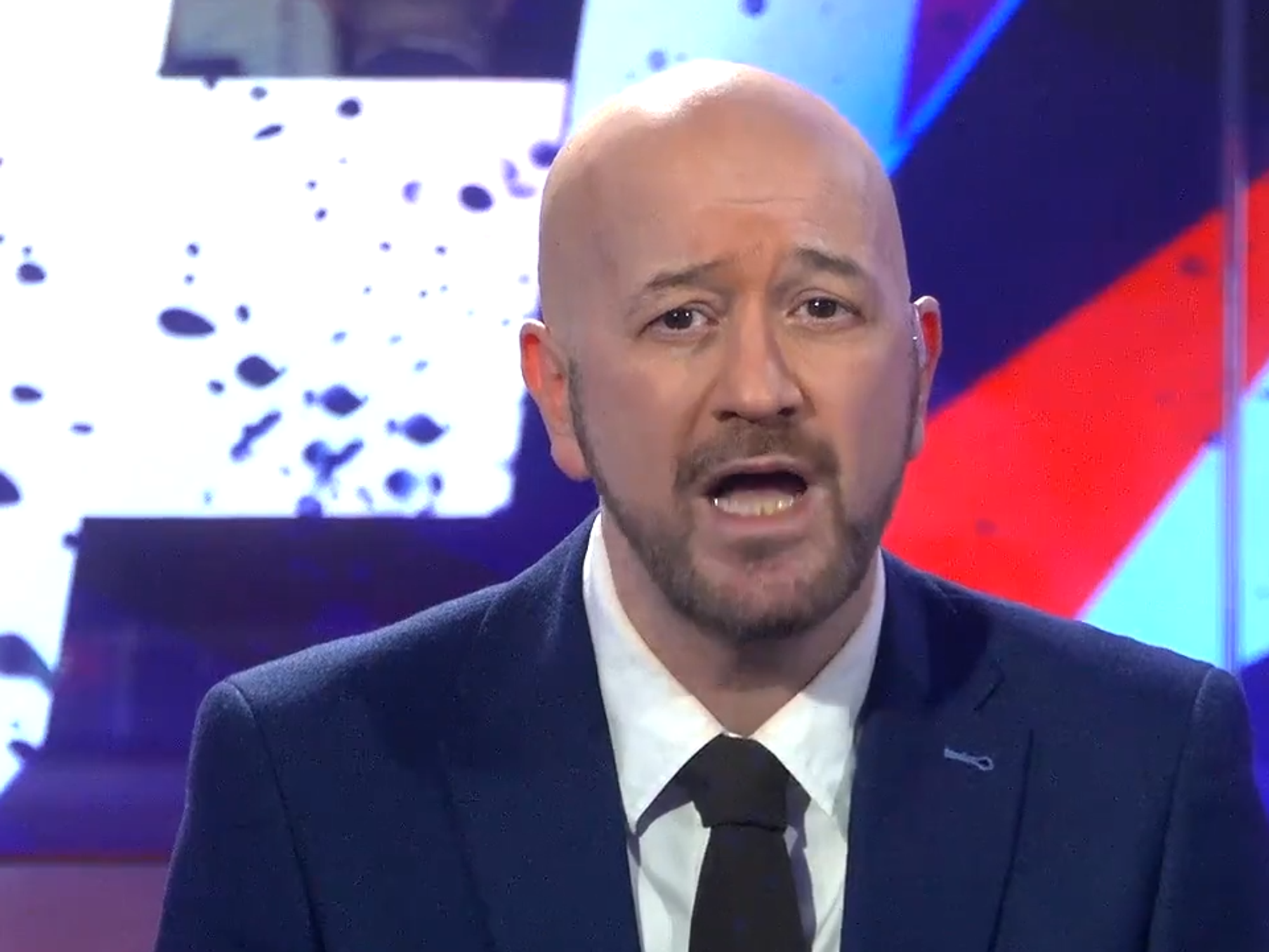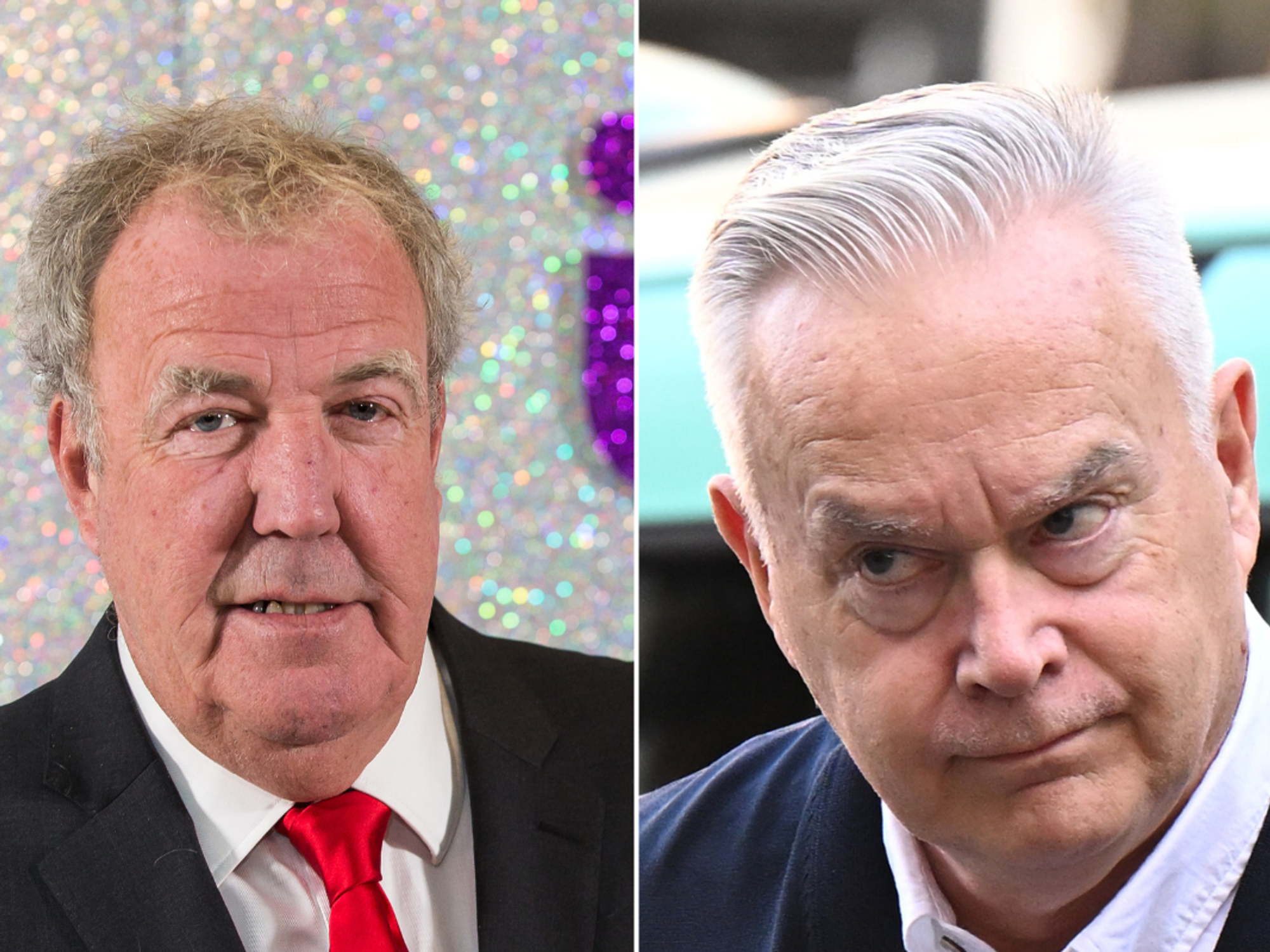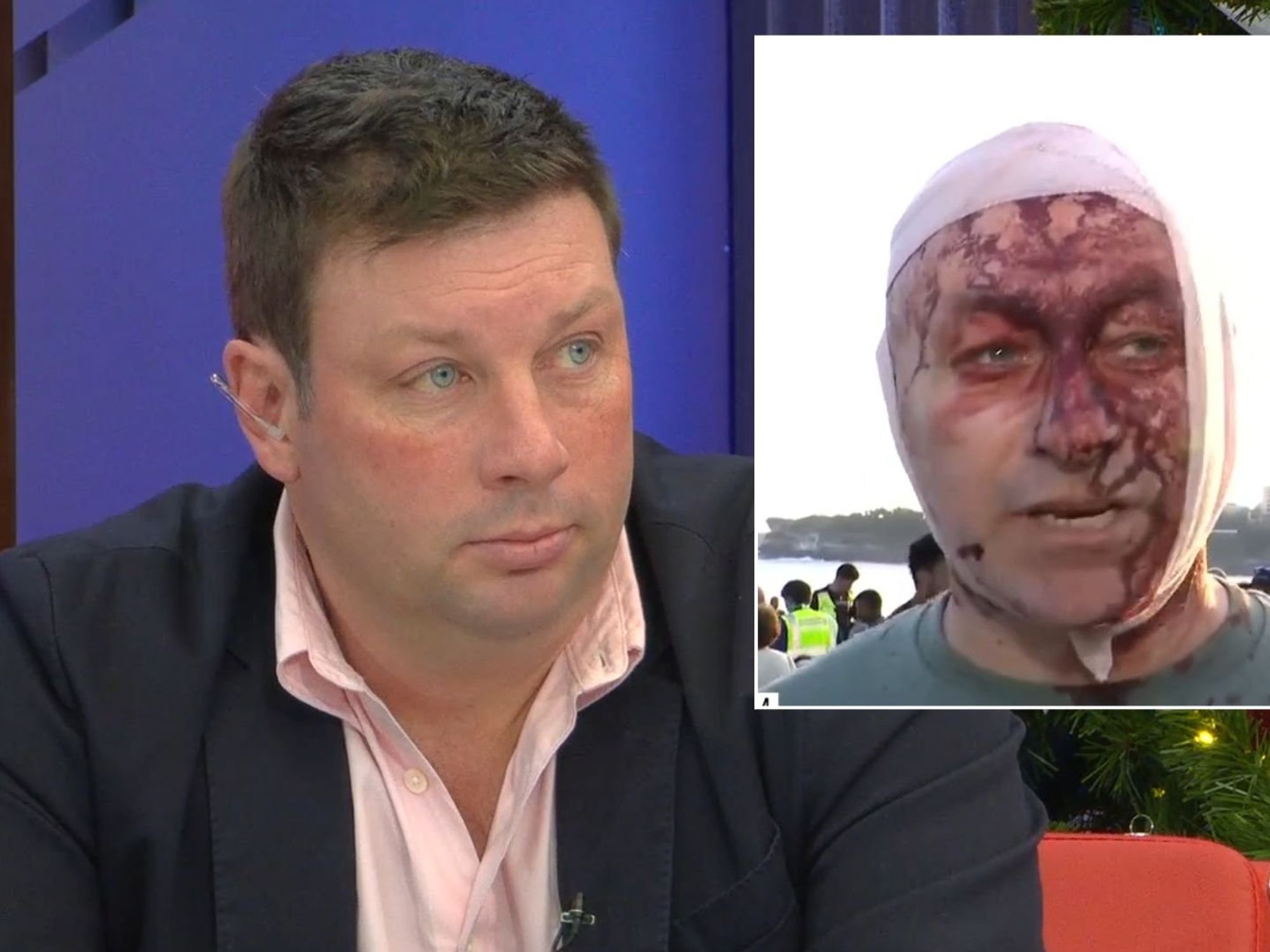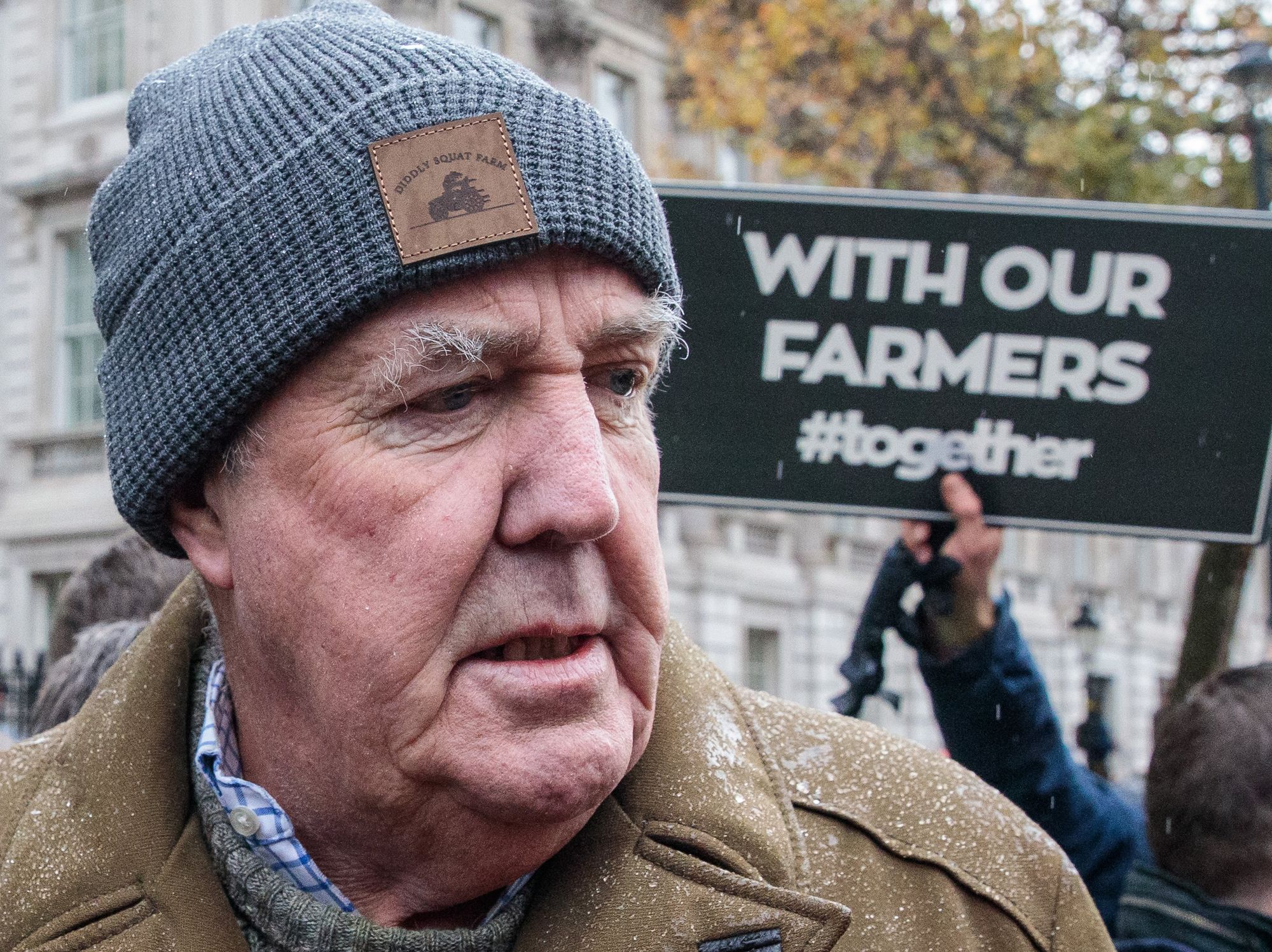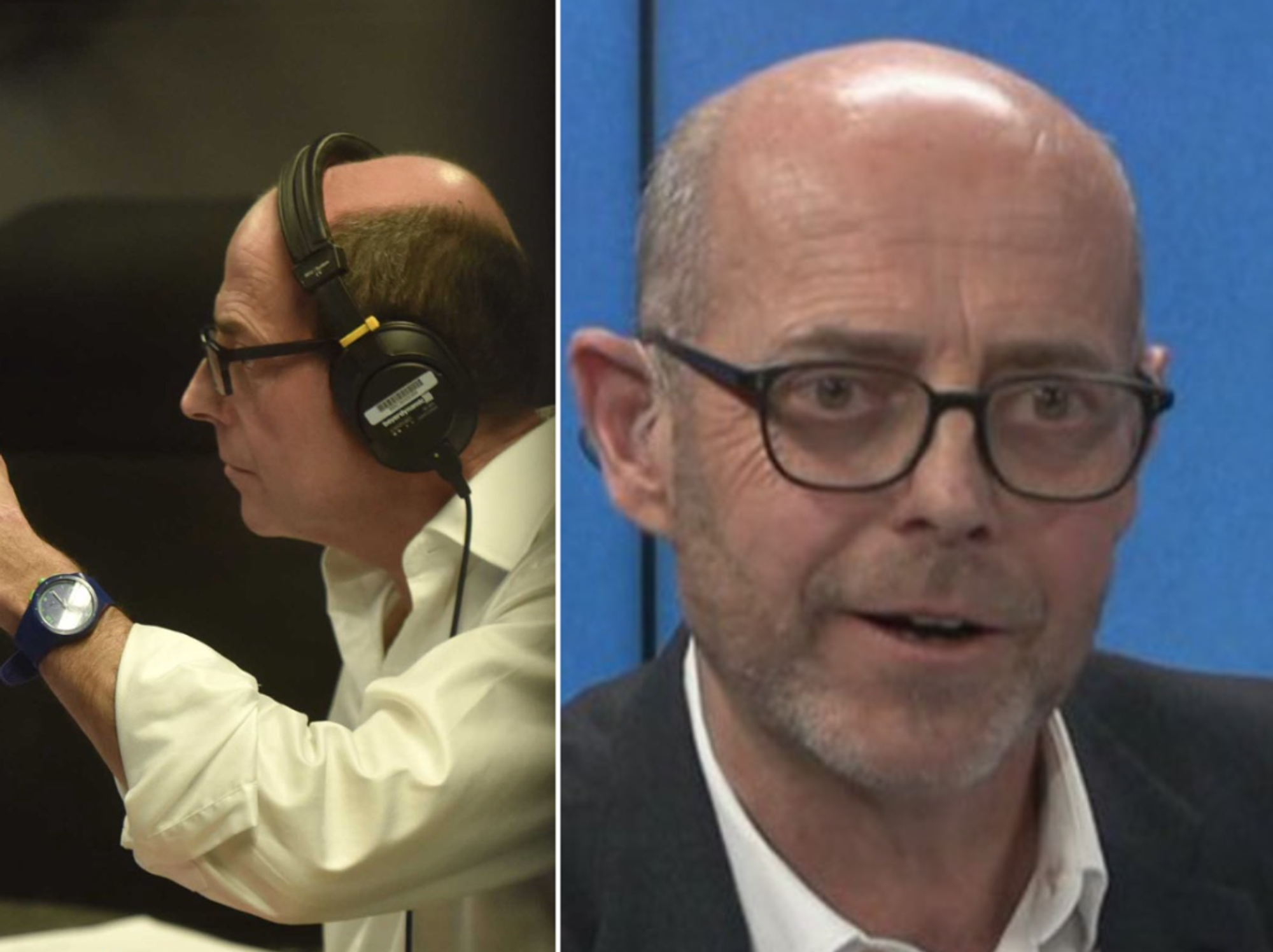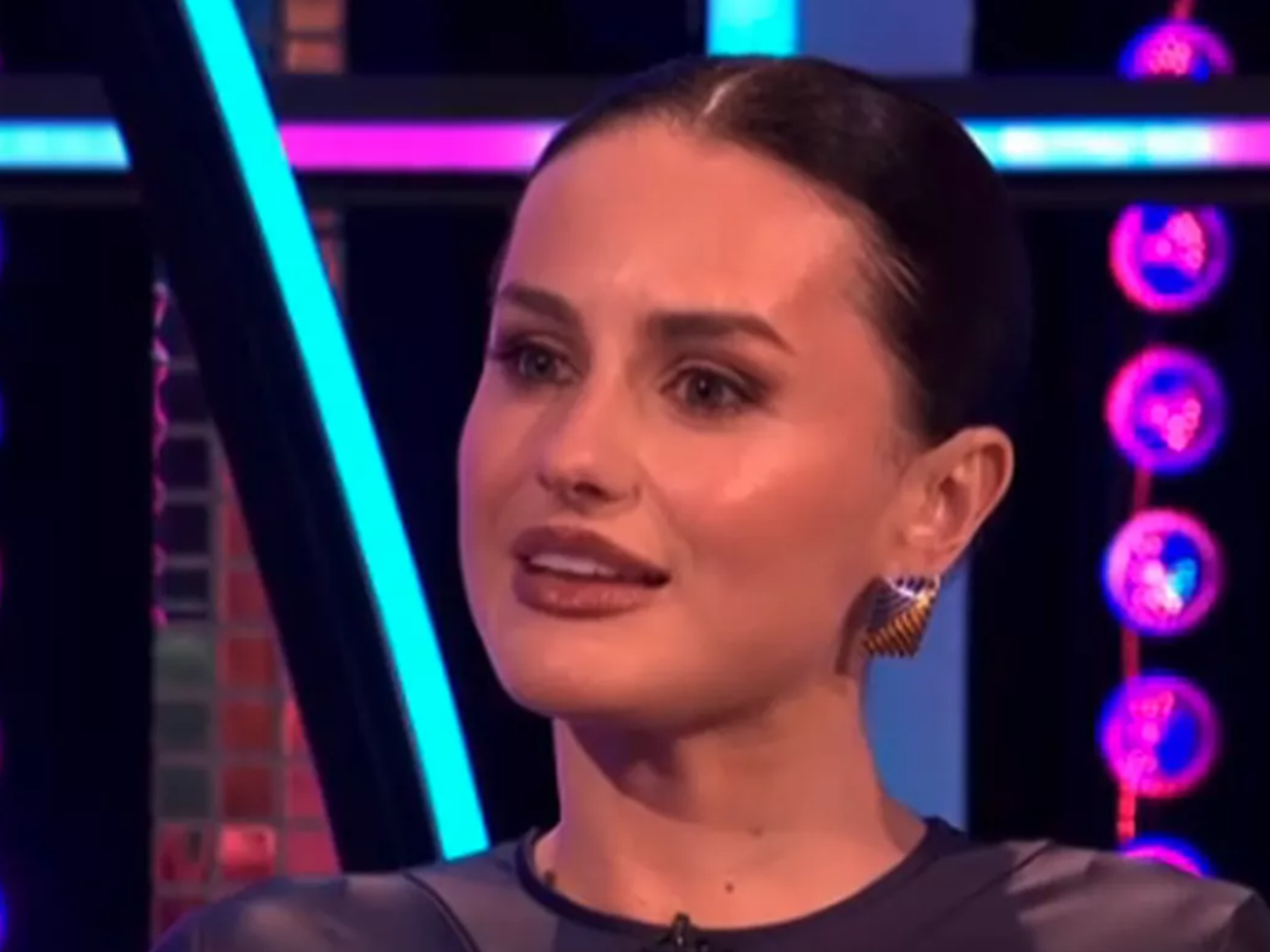Mapped: The best and worst parts of the UK for superfast full-fibre broadband speeds
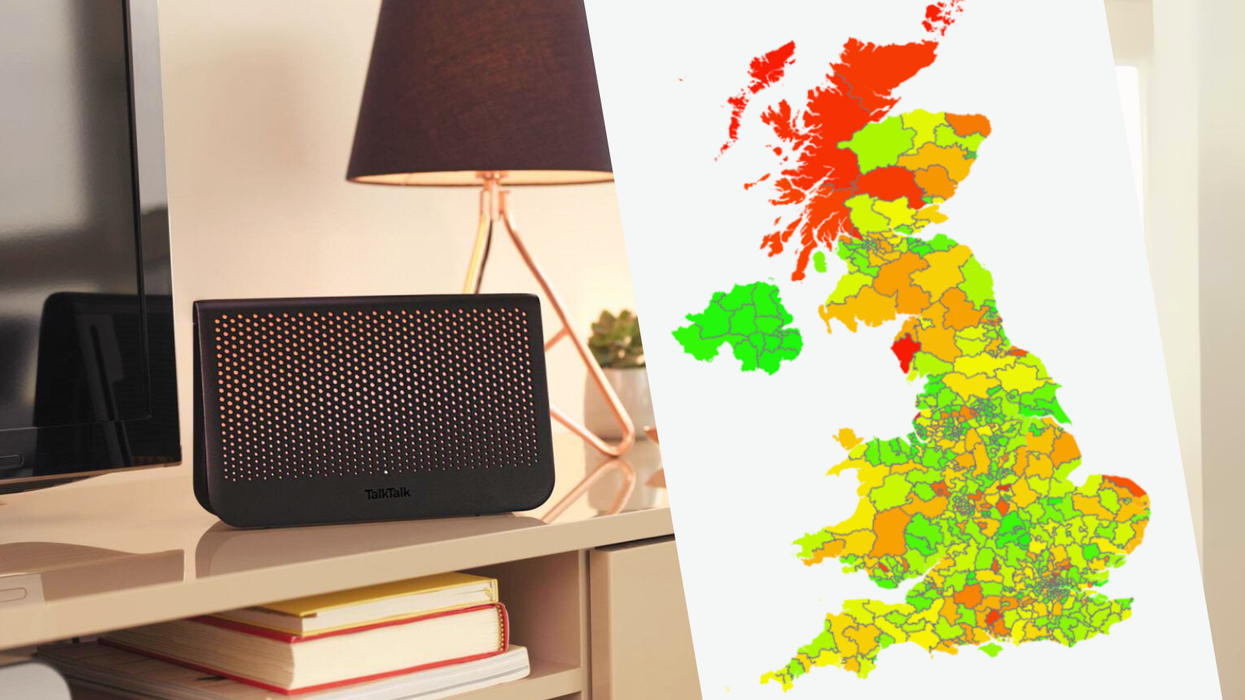
As the roll-out of superfast fibre broadband continues across the UK, an exclusive map for GB News has revealed the best and worst areas for the fastest internet connections
|TALKTALK PRESS OFFICE | THINKBROADBAND | GB NEWS

The fastest internet speeds are available in just 2.6% of households in some areas of the UK, data reveals
- Think Broadband has published its latest report on home internet in the UK
- 99.7% of homes in best-connected areas can access superfast broadband
- That falls to below 18.7% in the UK's worst-connected authorities
- GBN's exclusive map reveals location of best and worst connected areas
- Full-fibre broadband can unlock download speeds of over 1,000Mbps
- That's over 14x the speed of the average UK household internet in 2023
Don't Miss
Most Read
Latest
Struggling with terrible broadband? You don’t want to move to these areas in the UK. The latest report from independent internet-focused blog Think Broadband reveals the 20 worst and best Parliamentary constituencies for full-fibre coverage across the UK.
It comes as the Government announced that 8 out of 10 UK households can now access gigabit-capable broadband. Gigabit-capable broadband unleashes download speeds of roughly 1,000Mbps — that’s 14x faster than the average home internet speed in the UK, measured as 69Mbps last year.
There’s no doubt that Government figure is impressive ...but crucially, it doesn’t reveal where you need to be based in the UK to connect to those next-generation internet speeds.
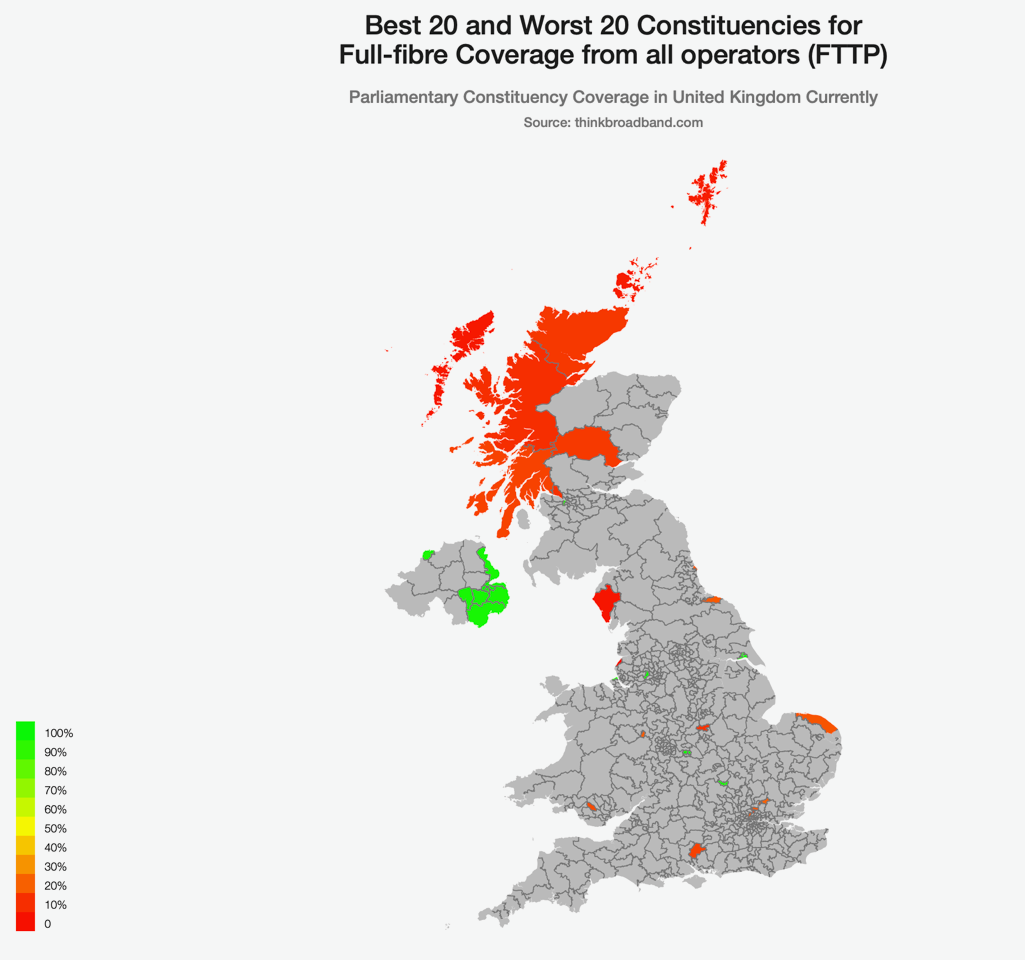
When it comes to the roll-out of future-proofed full-fibre broadband, some areas have almost 100% coverage ...while others are languishing with under 5% of households able to access these reliable, superfast internet connections
|GB NEWS | THINK BROADBAND
Thanks to GB News' exclusive map, which shows the state of the ongoing full-fibre broadband upgrade across the UK as evaluated by Think Broadband data, that’s now possible.
The map reveals the local authorities with full-fibre coverage above 94.4% in green, with the red areas denoting parts of the UK where coverage falls below 20.7%.
If you’re struggling to pinpoint the red areas just outside of London, these are — Harlow with full-fibre coverage of just 20.1%, Enfield North with 18.3%, and Finchley and Golders Green with just 18.6%.
Full fibre or FFTP (full-fibre to premises) refers to broadband connections powered entirely by fibre-optic cables. These provide the most reliable — and speediest — internet connections, with fast upload and download speeds.
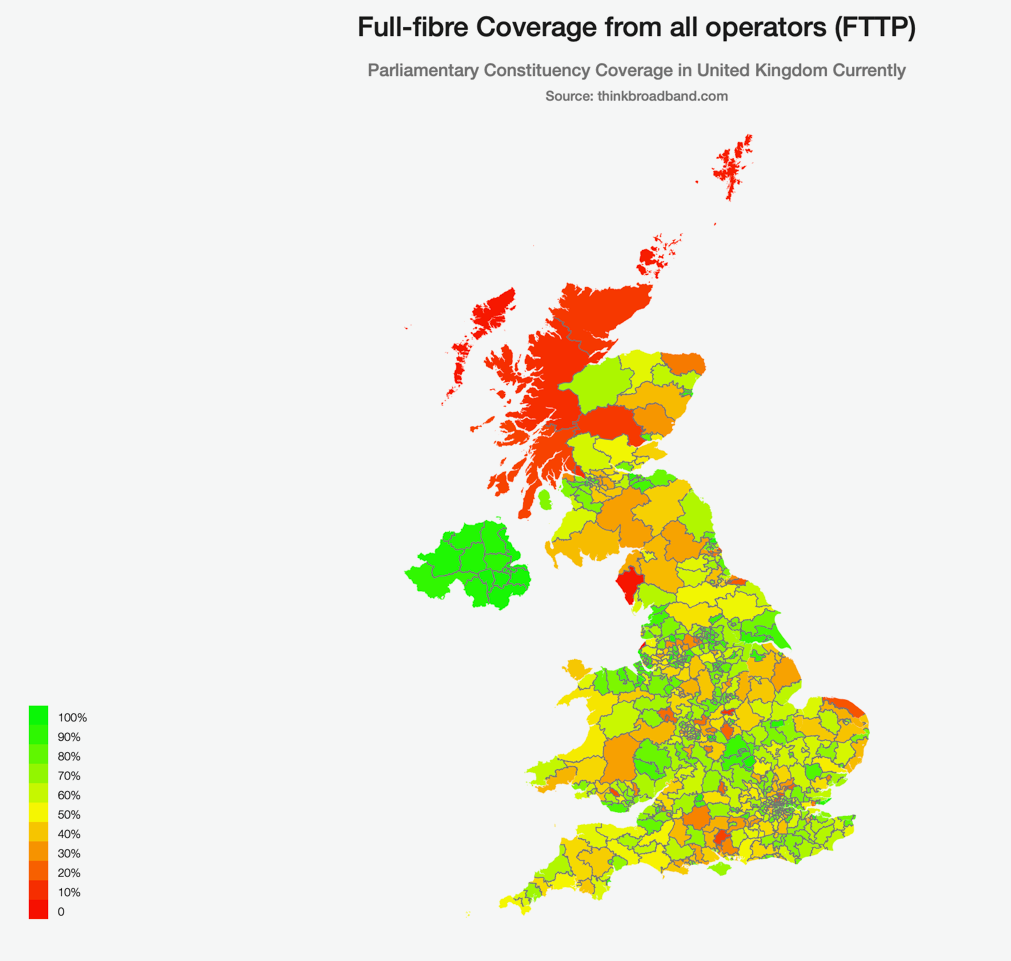
If you don't live in the best or worst areas of the UK for fibre broadband connections, you might wonder what coverage is like in your local area ...this map shows the latest Think Broadband data on the availability of full-fibre internet in every Parliamentary constituency in the UK
|GB NEWS | THINK BROADBAND
Upload speeds limit how quickly you can back up photos to the cloud, for example. This is also what impacts the quality of the video sent from your camera during FaceTime and WhatsApp calls. As the name suggests, download speeds impact anything that you’re downloading or streaming from the internet. This is what you’ll need to increase to enjoy a buffer-free binge on Disney+ and Netflix.
In some cases, the cable that connects your house to the street cabinet will be handled by something other than fibre-optic cables — usually VDSL — that cannot offer the same experience. The latter struggles to maintain faster connections over long distances, with speeds starting to deteriorate after a few hundred metres rather than kilometres with fibre-optic.
Virgin Media offers gigabit-speeds using the same cable that delivers its paid-TV experience. This has enabled the brand to deliver speeds of roughly 1,130Mbps to 16.7 million households nationwide.
That’s more than BT, Sky, TalkTalk, Plusnet, and EE, which all rely on BT-owned Openreach for their broadband infrastructure. It currently covers 10 million premises across the UK. It plans to bring the new technology to 25 million homes and businesses by the end of 2026.
However, Virgin Media’s network is not included in the figures from Think Broadband, since it’s not being delivered by fibre-optic infrastructure.
The worst 10 constituencies in the UK for full-fibre broadband coverage are as follows...
- Blaby District — 18.7% full-fibre coverage
- Tamworth District — 17.7% full-fibre coverage
- Perth and Kinross — 16% full-fibre coverage
- Argyll and Bute — 13.6% full-fibre coverage
- Harlow District — 13.5% full-fibre coverage
- West Dunbartonshire — 10.7% full-fibre coverage
- Orkney Islands — 8% full-fibre coverage
- Na h-Eileanan an Iar — 6.3% full-fibre coverage
- Shetland Islands — 5.8% full-fibre coverage
- Isles of Scilly — 2.6% full-fibre coverage
The best 10 constituencies in the UK for full-fibre broadband coverage are as follows...
- City of Kingston upon Hull — 99.7% full-fibre coverage
- Mourne and Down — 96% full-fibre coverage
- Ards and North Down — 95.8% full-fibre coverage
- Belfast — 95.8% full-fibre coverage
- Coventry District — 95.1% full-fibre coverage
- Lisburn and Castlereagh — 95.1% full-fibre coverage
- Derry and Strabane — 94.1% full-fibre coverage
- Armagh, Banbridge and Craigavon — 93.9% full-fibre coverage
- Milton Keynes — 93.7% full-fibre coverage
- Mid and East Antrim — 93.4% full-fibre coverage
Research has previously shown that a faster internet connection can boost the value of your home. Of course, with so much of modern life now dependent on decent broadband speed, it also means you’re able to watch the latest must-see shows on Netflix, ITVX, and BBC iPlayer, make and receive video calls with relatives and friends, back up your phone and PC, and download software updates to keep your devices up-to-date with the latest features and safe from security threats.
If you have a busy household with multiple gadgets, from Wi-Fi-enabled thermostats, video doorbells, and smart speakers, these all sip at your bandwidth. That can soon add-up and cause issues for those with slower connections who try to launch into a more demanding activity, like a high-resolution video call or download of a new operating system.
LATEST DEVELOPMENTS
If you're unsure about what broadband speed you need in your home. We've put together the average download speeds for an hour-long television show episode in Standard Definition (SD), roughly 450MB in size.
- 69Mbps, the average broadband speed in the UK: 56 seconds
- 150Mbps, the lowest speed available with most full-fibre packages: 24 seconds
- 500Mbps, widely available from all full-fibre providers: 7 seconds
- 1Gbps (or 1,000Mbps) is not available from all broadband companies: 4 seconds





